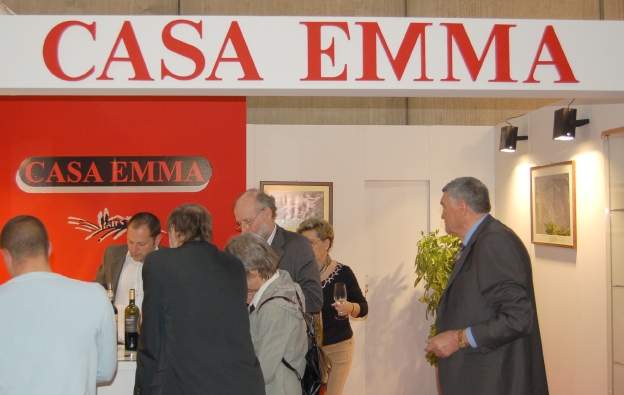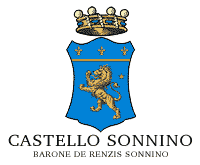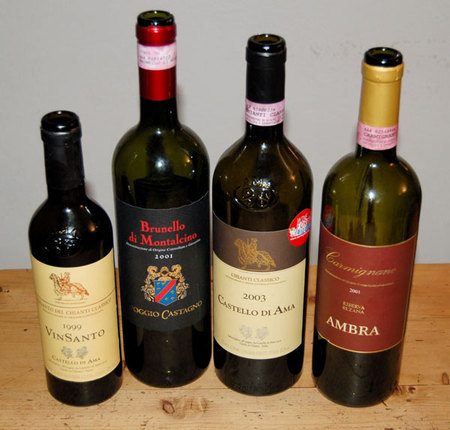Good article from the NY Times about Amarone:
 "CONTRARY to a widely held belief, big, powerful, almost monstrously concentrated wines are not a California invention. No, before the first California wines sent the alcohol meter reeling toward 17 percent, Amarone from Italy was setting the standard for dense, lush red wines that were routinely 15 to 16 percent alcohol.
"CONTRARY to a widely held belief, big, powerful, almost monstrously concentrated wines are not a California invention. No, before the first California wines sent the alcohol meter reeling toward 17 percent, Amarone from Italy was setting the standard for dense, lush red wines that were routinely 15 to 16 percent alcohol.
But unlike some of those newfangled California wines, which have the comic, pumped-up character of professional wrestlers, a good Amarone has the more refined muscularity of a naturally robust athlete. It's a wine that you can't imagine any other way.
Amarone, or Amarone della Valpolicella, to give it its more formal name, is the flag-bearer of a special class of wines that are made from dried grapes. Amarone uses the same blend of grapes as Valpolicella, its lighter red sibling in the Veneto region: mainly corvina and corvinone, along with some lesser grapes like rondinella."





 This Querciavalle is another bottle I picked up at the Consorzio in Siena - I am not sure why - either I recognized the label or the name or had it confused with
This Querciavalle is another bottle I picked up at the Consorzio in Siena - I am not sure why - either I recognized the label or the name or had it confused with  I think I bought this bottle at the Consorzio in Siena. Pretty good prices there - I had remembered the shop from a month spent in Siena in August 1998 when Ellen had a summer semester for Architecture school. I know this producer and have enjoyed their wines before. The wine was a beautiful color in the glass - clear ruby to sapphire. I could't get much of the nose. A little light and thin in the mouth. Complex, refined flavors, cherries dominate but the fruit lags behind a bit - after it was open for a couple of hours there was a hint of juniper berry but it was fleeting. It did go well with the pork roast we had with it, but the alcohol prevailed too much for me overall. This wine spends 24 months in casks of French and Austrian oak of varying sizes, followed by a period of at least four months in the bottle before release. A nice wine but I wouldn't search it out again before trying others. About $30 US a bottle. Here is the
I think I bought this bottle at the Consorzio in Siena. Pretty good prices there - I had remembered the shop from a month spent in Siena in August 1998 when Ellen had a summer semester for Architecture school. I know this producer and have enjoyed their wines before. The wine was a beautiful color in the glass - clear ruby to sapphire. I could't get much of the nose. A little light and thin in the mouth. Complex, refined flavors, cherries dominate but the fruit lags behind a bit - after it was open for a couple of hours there was a hint of juniper berry but it was fleeting. It did go well with the pork roast we had with it, but the alcohol prevailed too much for me overall. This wine spends 24 months in casks of French and Austrian oak of varying sizes, followed by a period of at least four months in the bottle before release. A nice wine but I wouldn't search it out again before trying others. About $30 US a bottle. Here is the 